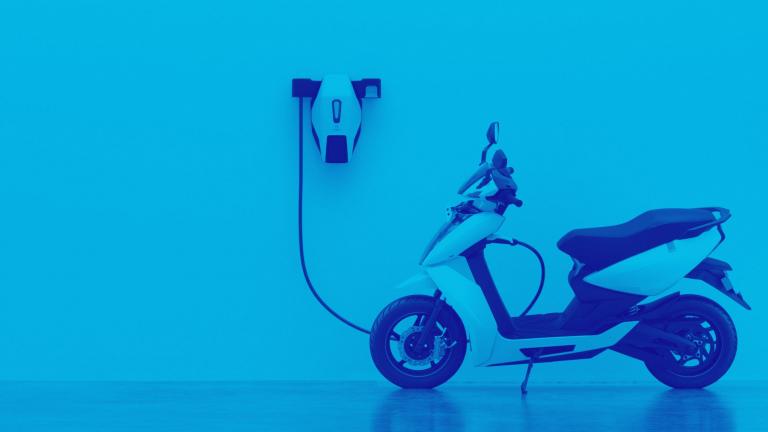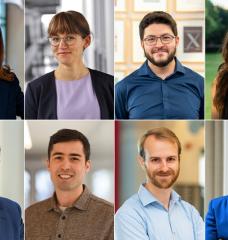
In India, companies are working to expand the country’s electric-vehicle (EV) industry by developing two-wheelers fit for the country’s transportation system, as well as ensuring that the switch to EV’s can be performed in an economically feasible manner. In this article, James Temple, MIT Technology Review's senior editor for energy, explores the factors driving forward India’s EV transition. Government incentives combined with new technologies, such as “pay-as-you-go battery-swapping”, have the potential to make this crucial transition a reality.
Read the full article at: https://www.technologyreview.com/s/613279/why-two-wheels-are-better-tha…
Image by: Ather Energy
Topics






